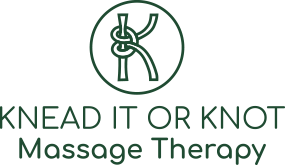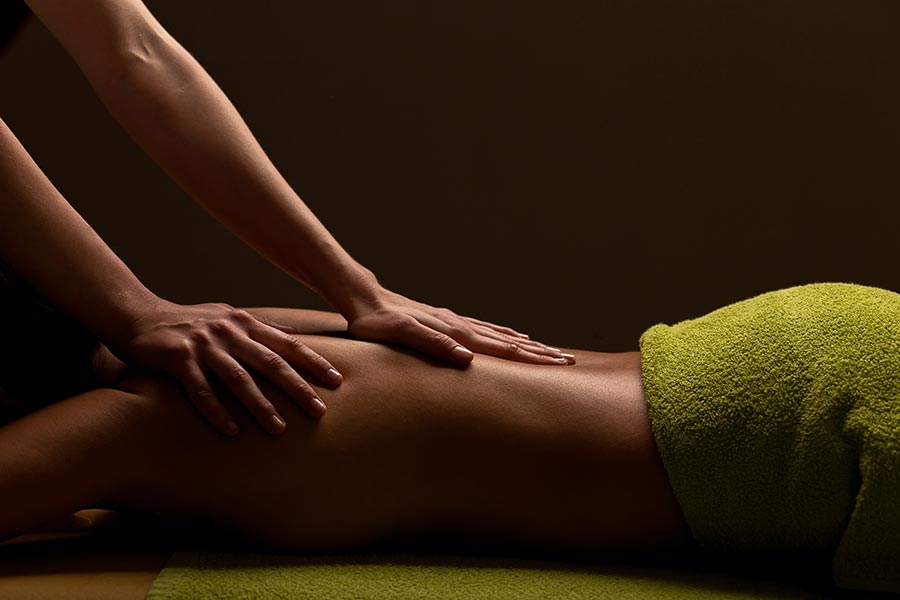As a massage therapist, clients often book a massage because they say they can feel their muscles beginning to ‘knot up’. Often I will even get asked during the appointment whether I can feel many knots. The idea that your muscles can form a literal knot has to be the biggest myth within the massage industry, being so well known that I have successfully based the branding of my business off it. In the past, I have found the analogy of ‘knotted’ muscles can be too easily misunderstood, causing confusion and even fear amongst my clients. For this reason, today’s blog is going to look into detail on what a muscle knot actually is.
The myth
Muscles can physically form a knot
The reality
Muscles cannot form a knot within itself.
A ‘knot’ in this sense refers to the muscle being in a tightened (or contracted) state.
Here are quick points to note before we go further (if you’re in a hurry, skip to the next section)
- There are three different types of muscles within the body – skeletal, cardiac and smooth.
- A remedial massage targets skeletal muscle, so when we talk about “knots” we are focusing on skeletal muscle.
- Skeletal muscle consists of bundles of muscle fibres or (fascicles) that function to contract and relax in order to create movement.
- Fascicles are bundles of muscle fibres
- The Epimysium, Perimysium and Endomysium are all layers of connective tissue. They contain capillaries (blood vessels), and nerve cells to help control the muscle.
- The Sarcolemma is the outer layer or membrane that surrounds each muscle fibre
- The nuclei is in charge of most if not all processes that happen in the cell. Each nuclei are like the headquarters for a big company
- Myofibrils contain two important proteins, actin and myosin, which interact with each other resulting in the muscle shortening and releasing. This is known as the sliding filaments theory.

When muscle contracts, two proteins in the myofibrils (actin and myosin) slide into one another, and when the muscle releases they separate. See the series of images below that demonstrate the proteins (the Z-line) interlocking and separating. These filaments interact with each other in a straight line, and because of this, a knot (as in a physical knot) cannot form. This is the only way a muscle contracts and releases.

a. Stretched muscle

b. Partially contracted muscle

c. Completely contracted muscle
Think about two trains on different tracks, heading towards each other. They each have their track, so it is extremely unlikely for these two trains to become entwined and knotted. Similarly, it is extremely unlikely for these two filaments to diverge from their path, to form a knot.

When the muscle repeatedly contracts and releases, the actin and myosin filaments may remain in a contracted state (refer to figure c).
However, other nearby filaments may release, so the muscle may end up looking like this. These little bumps in the illustrations are similar to a knot in appearance and maybe how the myth came about.

Some massage therapists have definitely taken an active role in perpetuating this myth, commenting on how many “knots” their clients have, to reaffirm the fact they needed a massage. Moving forward, you no longer need to be confused by or fearful towards this phrase. It just means the tissue (muscle) is quite tight, which if you consider your job, posture and level of activity, in most cases would be quite normal.
Summary:
- A knot is an aspect of the muscle that remains tightened, even when the muscle is relaxed.
- This aspect of tightened muscle forms because the proteins in the myofibrils remain together, as opposed to being separated.
- Muscle cannot entwine with itself, as it is tethered tightly to two ends
- Stretching and regular massages will treat tight muscles, as it encourages blood flow to the “knot”, which helps the proteins return back to their separated state.
This should not be used as a substitute for medical advice.
Image credit: www.teachpe.com

